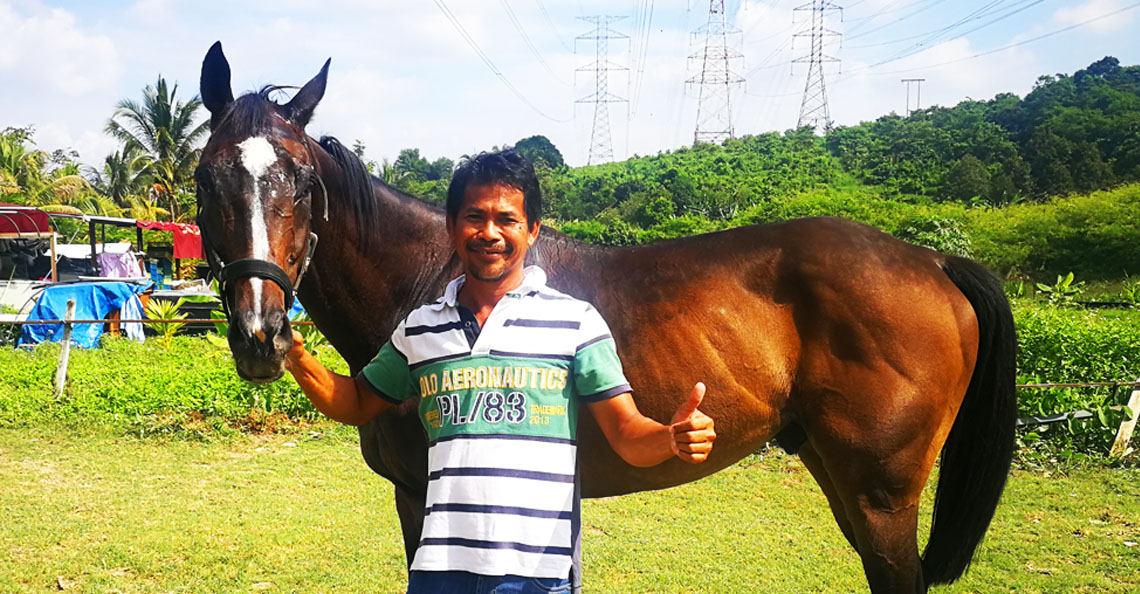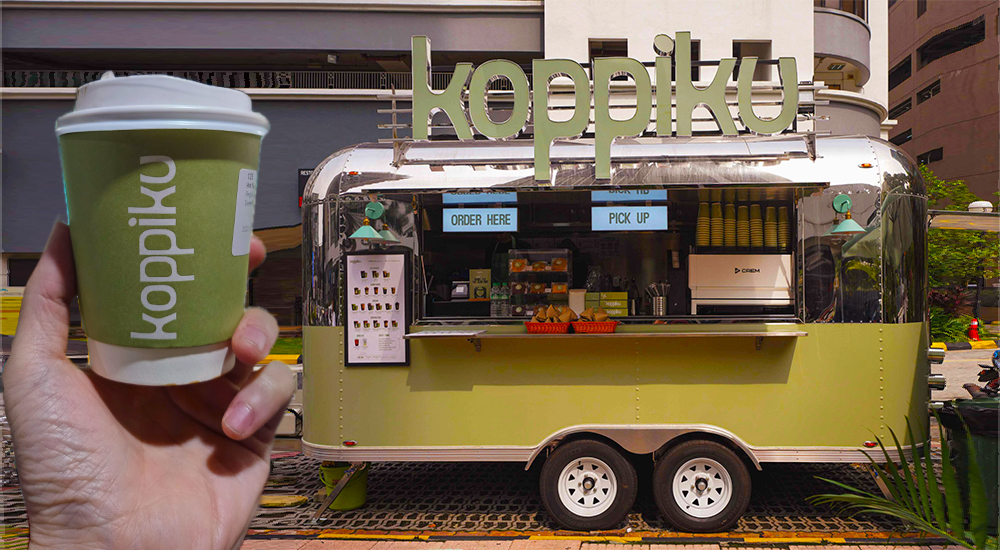Here’s how to 100% get a positive RTK test every time, using only kedai runcit items
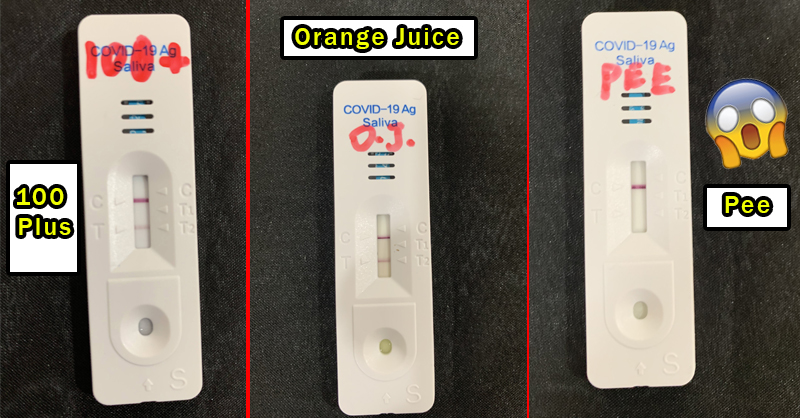
- 347Shares
- Facebook211
- Twitter9
- LinkedIn7
- Email11
- WhatsApp99
Hot on the heels of our previous article on the reliability of C-19 tests, we received an email suggesting that we try to force a false positive result instead – in other words, to con the RTK test into thinking we had C-19 when we actually don’t.
We don’t know if the sender meant it as a joke, but when we looked into it, we found that forcing false positives is an actual thing. Last year, British schoolkids managed to do this by putting soda drinks in the test kits without the buffer solution so that they could ponteng sekolah.

There have also been studies done to test the effect of various alcoholic and non-alcoholic beverages on a standard C-19 RTK test (with and without the buffer), which gave us a rough guideline on how to get about this. So we went out, bought a bunch of test kits and drinks, and started testing.
Disclaimer: This isn’t a guide to con your way out of obligations, or to say that RTK tests are unreliable. You’re using the RTK kits in a way they weren’t meant to be used. To improperly paraphrase a bald man on YouTube; science is science, and science will break if you bend the rules far enough.
We used soda, coffee, and um… pee
Since the British schoolchildren used widely available British drinks, we wanted to see if we could force a false positive using conveniently available Malaysian stuff. We decided to keep some of the drinks used in a previous study by Velavan et al. (Coke, whiskey, orange juice, sparkling water), while we localized the rest. So, here’s what we ended up with:
- Coke
- 100 Plus
- Sparkling water
- Whiskey
- Melon liquor (previous studies used a variety of liquors)
- Mamak curry
- Tongkat Ali Coffee
- Orange juice
- Lemon water
- Spit (Control)
- Pee (Can’t buy at kedai runcit. Jake’s idea. He’s weird)

Drawing from the Velavan study, we used:
- 4 drops of each liquid WITHOUT the buffer solution
- The same brand of RTK test
- Slightly longer waiting times than instructed on the box
We’re not gonna mention the brand, since it’s irrelevant to this experiment, but it’s one that successfully detected the virus in our last C-19 test article. As a control, we used Coke with the buffer solution and, sure enough, we got a negative result as expected.
For some reason or another, HALF of our tests came out negative. These were our results:
Succeeded (Positive):
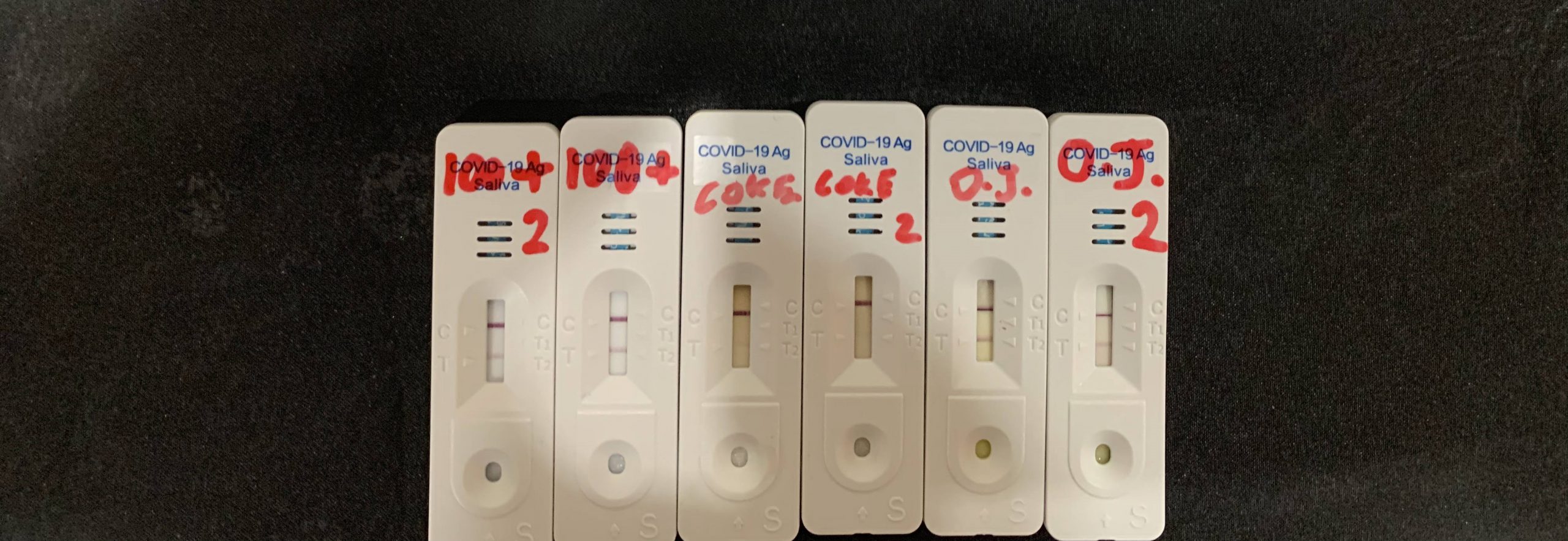
- 100 Plus
- Coke
- Orange juice
- Tongkat Ali Coffee
Now, just to be sure these weren’t flukes, we ran the test again on the first 3 drinks and got the same results.
But you’re probably wondering, where’s the pic of the coffee test? Well, actually, we initially included it in the failed category because the result was negative. But sometime over 30 or 45 minutes, a faint positive line started to show. There’s a chance we could have missed it since the brown tint of the testing strip (from the coffee) got lighter as it dried out. Either way, here’s a photo of it:

Soooooooo….. how did these drinks manage to con the test kits?
Well, we don’t really know, but our theory was that it could be caused by sugar since these drinks are all sweeter than the words on a Valentine’s day card. However, when we tested water saturated with 3.5 tablespoons of sugar, the result we got was… negative

And to be fair, even Velavan’s study did not specify a reason for why this happens. Could it be some preservative in those drinks? Maybe some flavoring or coloring that does it? We don’t know.
However, the more science-y among you might also be thinking of pH levels, since all these drinks appear to be acidic. Well….
Failed (negative/void):
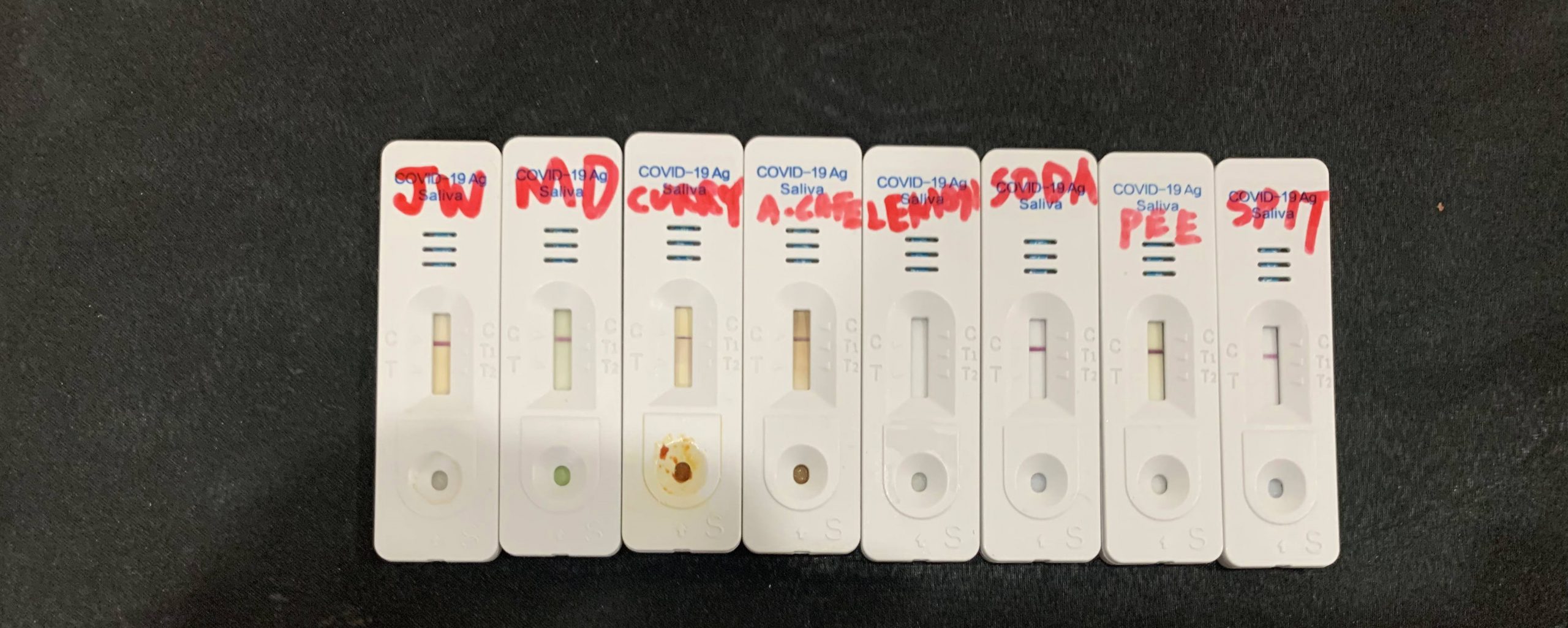
- Whiskey
- Melon liquor
- Curry
- Lemon water (Void)
- Soda water
- Pee 🤢
- Spit
So yea, the pH theory is thrown out the window because all the alcoholic beverages (acidic) returned negative results, while neutral liquids such as sparkling water, spit, and pee also returned negatives.
Strangely enough, lemon water (acidic) returned a void/invalid result, consistent with the findings of this study by Oni et al. Just to be sure we didn’t botch the test, we tested it twice, and it came back as void both times.
One thing we admit is missing from this test are alkaline-based liquids, which we didn’t get due to a miscommunication. We used the word “basic drinks” and our buyer was thinking we meant Instagram basic instead of science basic.
Plot twist – you can UNDO a positive result
When news got out of British schoolkids hoodwinking the test with soda, researchers quickly jumped on it. One of them, chemist Professor Mark Lorch, achieved false positives using Coke and orange juice without the buffer.
But what’s more interesting is that he also found that he could restore those false positives to negative after washing the test with the buffer. Unfortunately we didn’t try this in our own experiment because we only came across this info while we were writing the article -_-
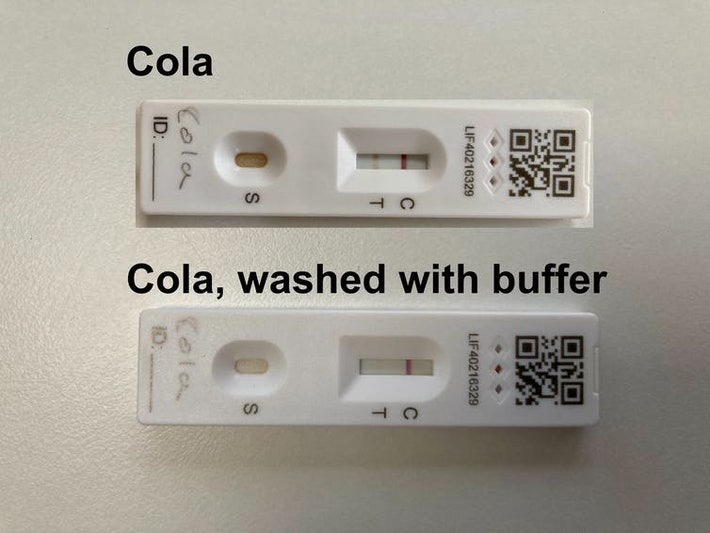
Professor Lorch is apparently using his buffer reversal discovery to give students a challenge for science rather than skipping school:
“Children, I applaud your ingenuity, but now that I’ve found a way to uncover your trickery I suggest you use your cunning to devise a set of experiments and test my hypothesis. Then we can publish your results in a peer-reviewed journal.” – Professor Lorch, quoted from Inverse.
But ever wondered how an RTK test works in the first place?
C-19 RTK tests contain antibodies that are ‘attracted’ to the virus
*Strap yourselves in, technical science talk incoming*
Ok, so to start off, standard C-19 RTK tests contain a small amount of gold particles and antibodies. The gold particles are actually the red lines you see on the test, since tiny particles of gold actually appear red.
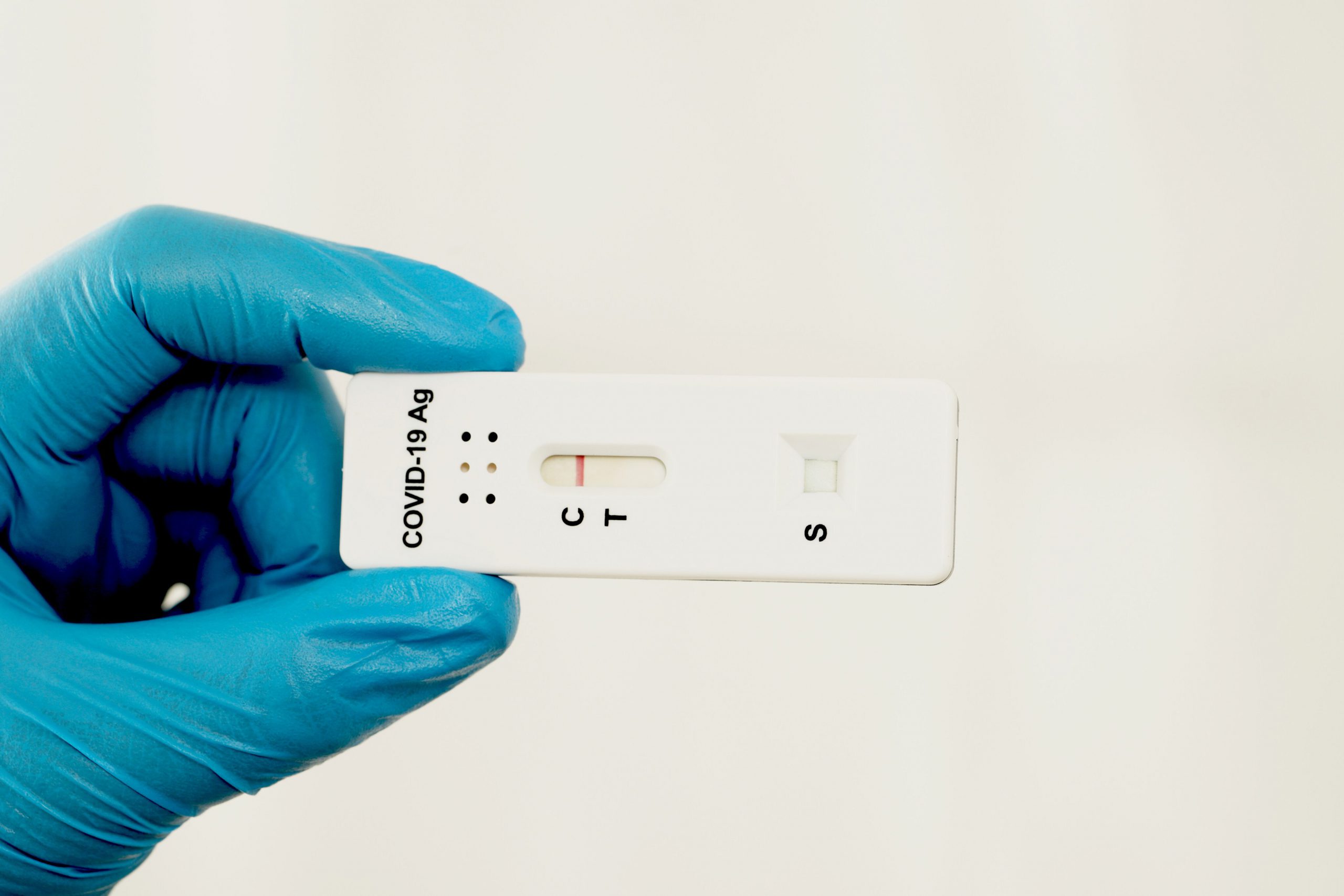
To put it very simply, what happens is that if your spit sample contains the virus, the gold-labeled antibodies will latch onto it, forming an antibody-antigen (Ab-Ag) complex. As the sample travels through the T-line, it ‘meets’ another set of non-moving antibodies which are stuck to the white strip. This set of antibodies will bind with the Ab-Ag complex, trapping it on the T-line and giving you the notorious red line we all know and hate. Any antibodies not trapped at the T-line will continue towards the C-line, which acts as the control.
Remember when Professor Lorch ‘restored’ a negative result by washing it with the buffer? The reason is that these antibodies need a certain level of acidity to function, which is where the buffer solution comes in: it regulates pH levels of the sample to provide an accurate reading. This is also why the fake positive results thing seems to only work without the buffer.
Please don’t use this knowledge to ponteng kerja
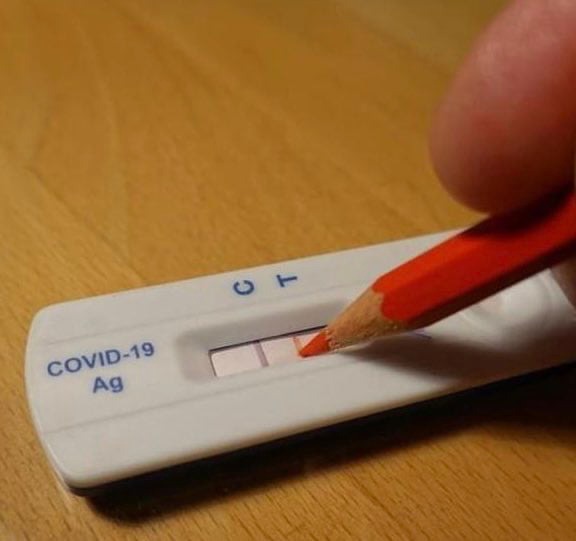
Perhaps it’s a good time to remind you that this knowledge is educational purposes only. Faking your results to actually get out of obligations is completely irresponsible. However, one possible implication for this is that you might falsely test positive or get wrong results if you’ve had any of these liquids in your mouth prior to taking an RTK test – hence why you’re not supposed to eat, drink, or smoke 30 minutes beforehand. Protip: Best time is in the morning before you drink or brush your teeth.
For what it’s worth, we should note that RTK tests do work most of the time for what they’re designed for… as long as you follow the instructions properly. So do read the instructions and make sure to follow them to the letter to get the most accurate result.
In any case, do try your best not to catch the ‘rona. But if you do, let us know if you wanna help us out in some experiments. Stay negative, people.
- 347Shares
- Facebook211
- Twitter9
- LinkedIn7
- Email11
- WhatsApp99

